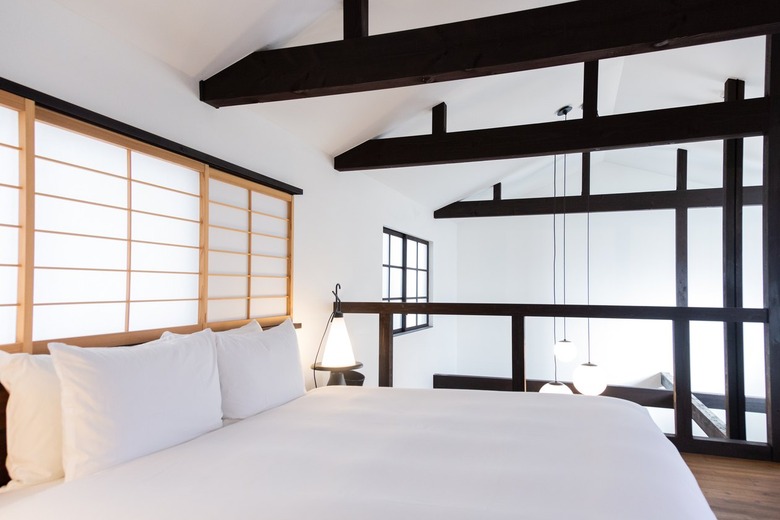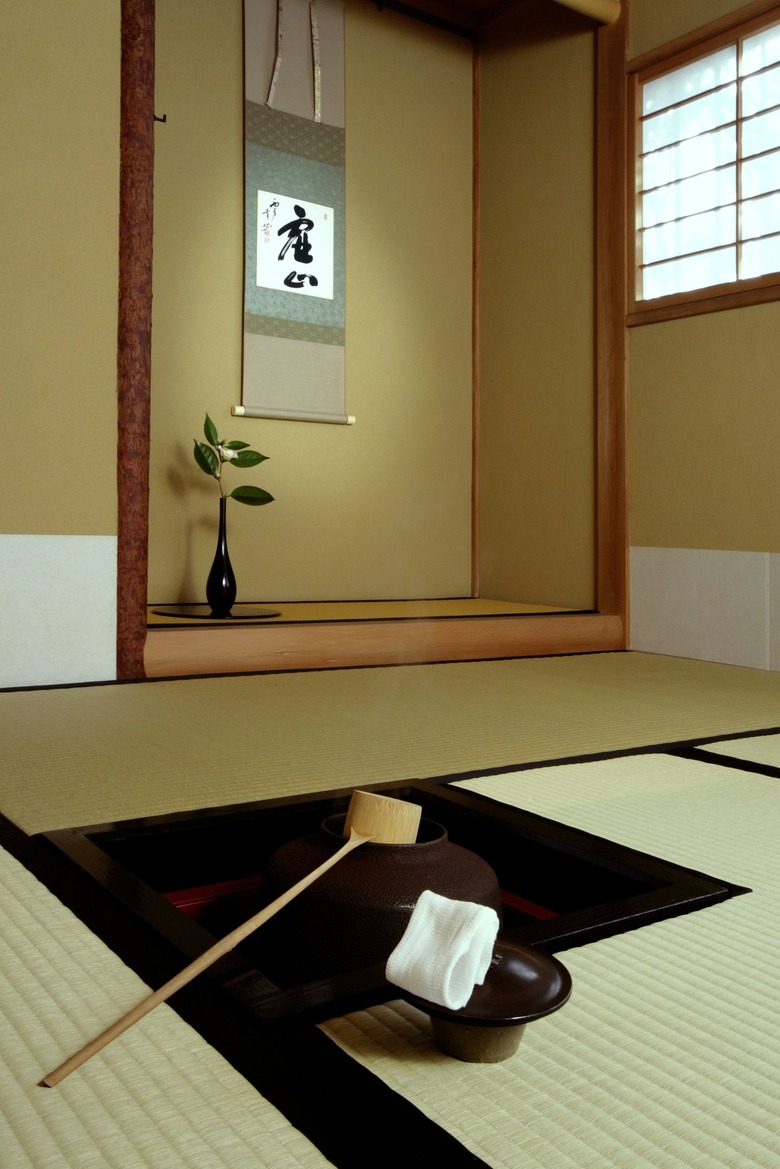What Is The Japanese Philosophy Hodo-Hodo? How Can It Help You Design Your Home?
Many of us approach design with the intent of finishing a project, but what if you were to stop before it's done and actually reaped more benefits in the long run? According to Taku Satoh, contemporary designer and author of Just Enough Design (available October 2022), this philosophy — known as hodo-hodo — might actually be the key to designing in a more thoughtful, mindful way.
In fact, Satoh has built his successful design career around the concept of "just enough." To learn more, we spoke with Satoh about hodo-hodo, and how the approach of holding back can actually move you forward.
What is Hodo-Hodo?
What is Hodo-Hodo?
Let's start with the meaning of hodo-hodo in Japanese culture and history. As stated in Just Enough Design, the phrase dates back to the eleventh century, when it was used in The Tale of Genji, a novel by Lady Murasaki, a Japanese poet, novelist, and lady-in-waiting at the Imperial Court. But these days, according to Satoh, it can mean "leave well enough alone" or "so-so," depending on the context.
Satoh explains further: "When someone says, 'Stop or leave it at hodo-hodo,' what they mean is 'stop when it's suitable (to the situation)' or 'stop before overdoing something.'" For example, parents may use this phrase to tell children they've been playing too much and it's time to press pause, he says.
In other scenarios, hodo-hodo can mean stopping something before completing it, so it may allude to things that are considered unfinished or imperfect. For instance, in the design world, the phrase might be used to describe pieces that are so-so (i.e., not very good).
In either case, hodo-hodo is traditionally used in a slightly negative sense. But as Satoh discusses in his book, when done with purpose, holding back may have more positive effects over time.
Hodo-Hodo in Design
Hodo-Hodo in Design
If you're unsure about how holding back can be beneficial, consider this excerpt from Just Enough Design: "Brands and designers often race single-mindedly to perfect something as though it's a work of art. But design has no inherent value. Its value is only born of the relationship that individuals develop with an object. Given that we each have our own priorities, shouldn't we hold back design at just enough, leaving room to accommodate a range of interactions?"
For Satoh, this approach has become the blueprint of his design career. He tells Hunker, "The first time I remember thinking about 'hodo-hodo' was on the Nikka Whisky Pure Malt product development project. As I wrote in Just Enough Design, when I realized that if I designed a bottle without unnecessary adornment, the empty bottle could be repurposed after the whisky had been consumed. I thought this might be the future of design."
This was a pivotal moment, as his previous approach to design involved designing with the goal of completion, says Satoh. But now, with hodo-hodo in mind, his approach is to "complete something by holding back before it's completed." Ultimately, by designing less instead of more, he could create alternative futures for his designs.
How to Apply Hodo-Hodo to Home Design
How to Apply Hodo-Hodo to Home Design
Whether you live in a studio apartment or Victorian-style home, your priorities and values will always be in flux. This can be due to many factors, including growing your family, changing careers, or simply evolving your style. As these factors ebb and flow, you'll inevitably develop new needs and preferences. In turn, you might find yourself breaking down or removing features (think furniture, decor, or physical layouts), resulting in wasted materials and money.
That's where Satoh's philosophy comes in. In home design, hodo-hodo takes into consideration all the possible future changes, ultimately improving your relationship with your space.
For example, let's say you're in the process of designing your home office, but you're thinking of using the room as a nursery one day. Instead of installing built-in shelves or a large hutch desk, consider holding back on these features to allow for flexibility later on. Or, if you're adding decorative wall treatments, take your time to mindfully curate the details — then stop before it feels "done." This will allow you to make future changes as your style and priorities change.
But take note: Hodo-hodo is not exactly minimalism, nor is it about poor design. Whereas minimalism aims to maintain the minimum, hodo-hodo holds back at this level so that you can respond to future changes. In turn, by holding back before completion, you'll create space to better engage with your environment, yourself, and your future.


